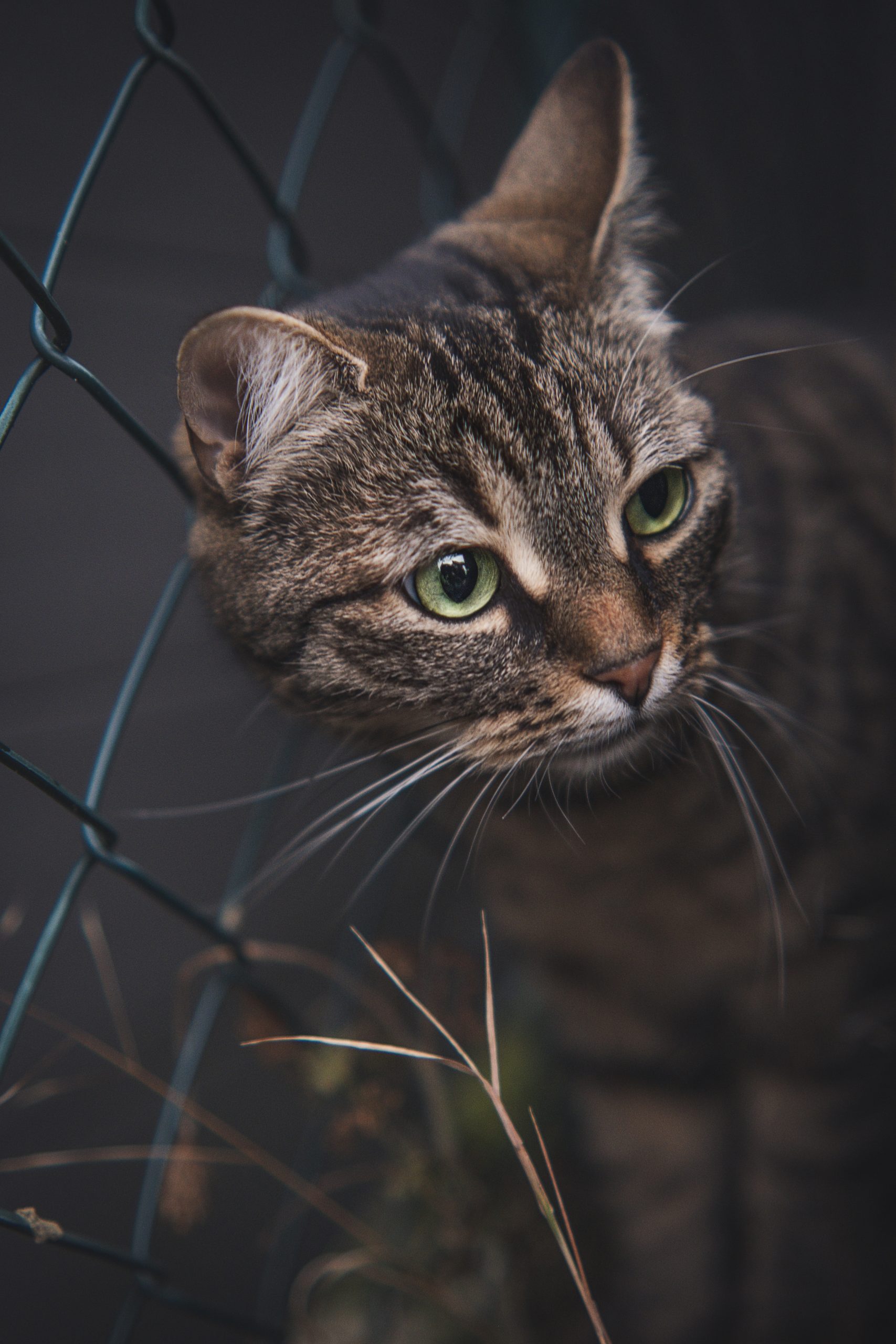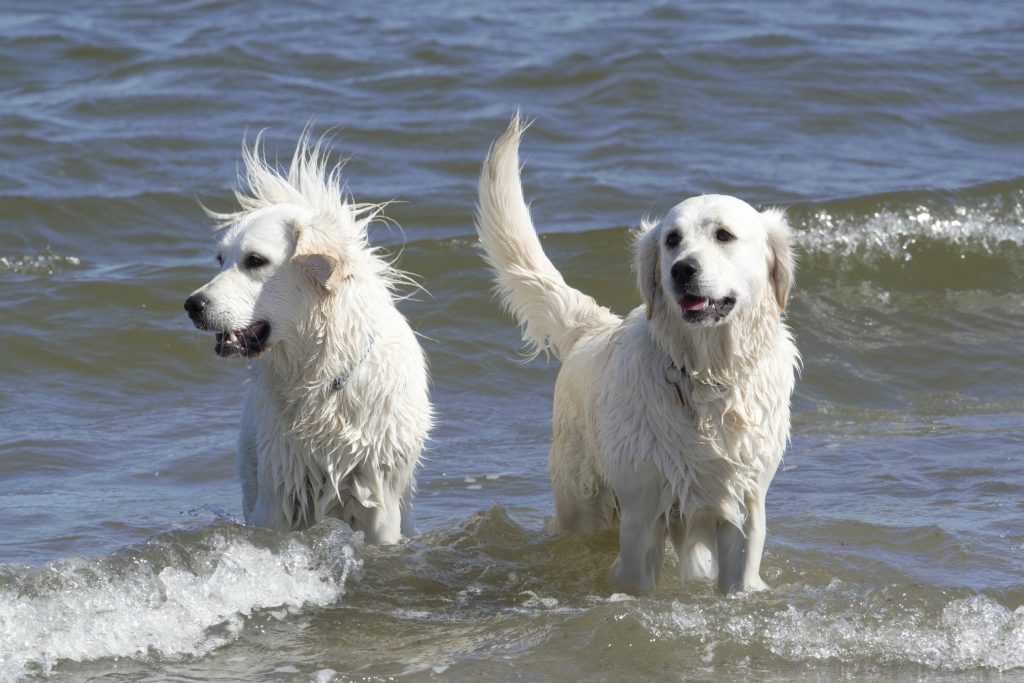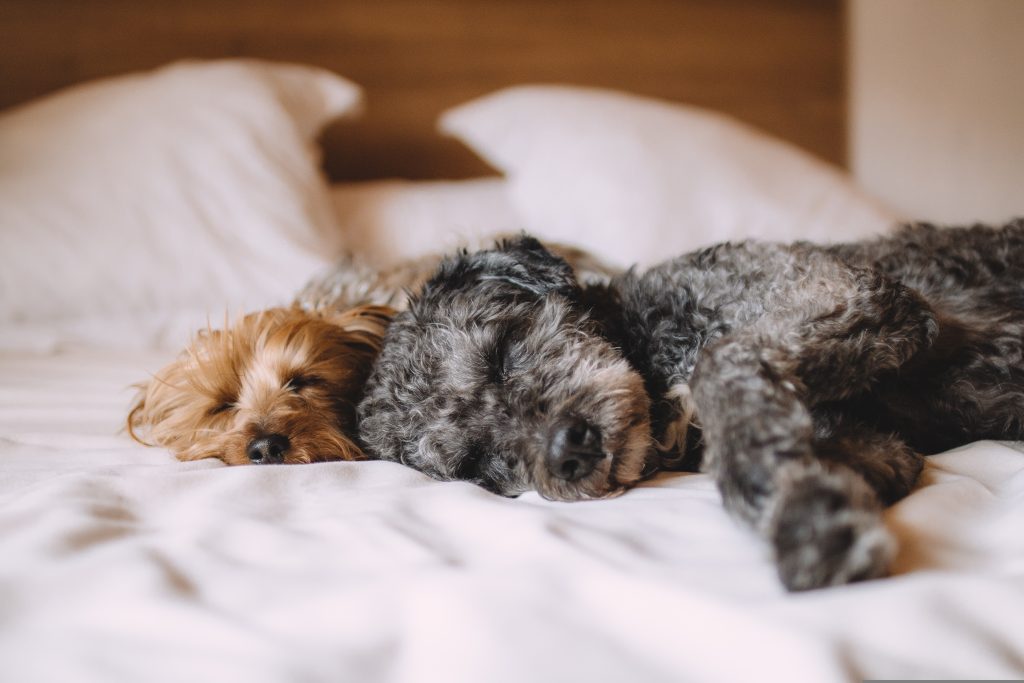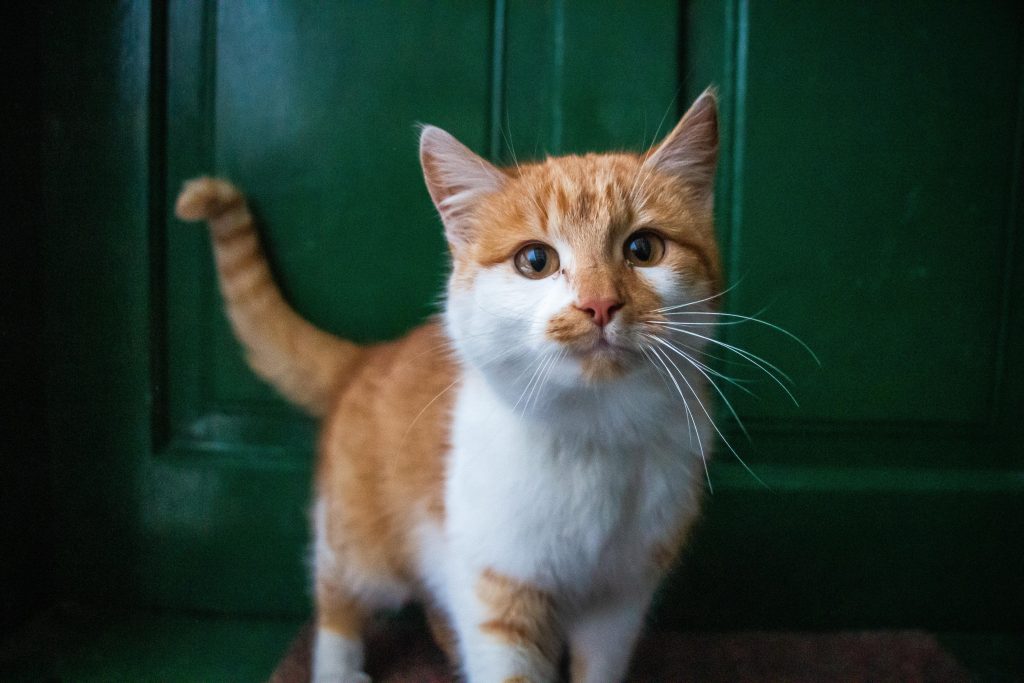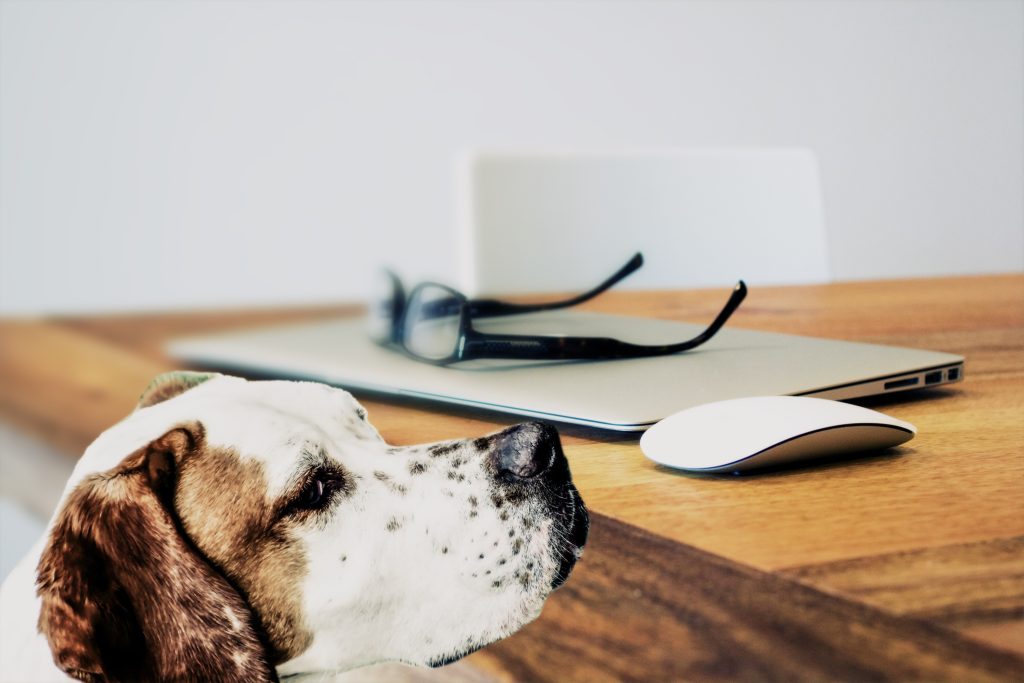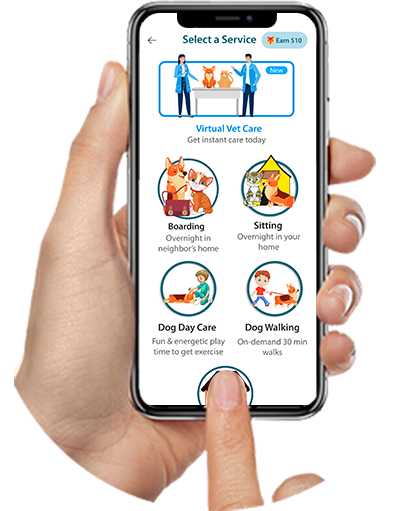As pet owners, leaving our furry companions behind can be an emotional experience for both parents and pets. While some pets handle separation with ease, others may experience severe anxiety and distress, leading to problematic behaviors and potential health issues. Separation anxiety is a common condition that affects dogs and cats alike, and it’s essential to understand its causes, symptoms, and effective strategies for managing it.
What is Separation Anxiety in pets?
Separation anxiety is a behavioral disorder characterized by excessive distress and undesirable behaviors exhibited by pets when left alone or separated from their owners. It typically buds from an excessive attachment to their owners and the inability to cope with the abandonment or isolation even if it is for a short period of time.
Causes of Separation Anxiety Several factors can contribute to the development of separation anxiety in pets:
- Lack of early socialization and training
- Changes in routine or environment
- Traumatic experiences (such as being abandoned or rehomed)
- Genetic predisposition
- Lack of mental and physical stimulation
Symptoms of Separation Anxiety Pets suffering from separation anxiety may display a range of behavioral and physical symptoms, including:
- Excessive vocalization (barking, howling, meowing)
- Destructive behavior (chewing, digging, scratching)
- House-soiling or indoor marking
- Excessive salivation or drooling
- Panting or pacing
- Escape attempts
- Loss of appetite or digestive issues
It’s essential to recognize these signs as early as possible and seek professional guidance, as untreated separation anxiety can lead to more severe behavioral issues and potential health problems.
Diagnosing Separation Anxiety
Diagnosing separation anxiety requires ruling out other potential causes of the observed behaviors, such as medical conditions or environmental factors. Your veterinarian may recommend various assessments, including:
- Medical examination and laboratory tests
- Behavioral evaluation
- Video monitoring or direct observation
Once other causes have been eliminated, your veterinarian or a certified animal behaviorist can develop an appropriate treatment plan tailored to your pet’s specific needs.
Managing Separation Anxiety Overcoming separation anxiety in pets typically involves a combination of behavior modification techniques, environmental adjustments, and, in some cases, medication or supplements.
Desensitization and Counterconditioning: This involves gradually exposing your pet to short periods of separation while creating positive associations with being alone. This can be achieved through reward-based training and the use of interactive toys or food puzzles.
Exercise and Mental Stimulation: Providing your pet with ample physical and mental exercise before leaving can help reduce anxiety levels and promote calmness.
Environmental Enrichment: Creating a secure and comfortable space for your pet during your absence can help alleviate stress. This may include using diffusers, providing comfortable bedding, and offering access to safe chew toys or puzzle feeders.
Medication or Supplements: In severe cases, your veterinarian may recommend anti-anxiety medication or natural supplements to help manage your pet’s anxiety levels during the training process.
Gradual Departure and Arrival: Implementing a departure and arrival routine can help your pet understand that your absence is temporary. This may involve ignoring your pet for a few minutes before leaving and upon returning to minimize the emotional impact.
Professional Training: Working with a certified animal behaviorist or professional trainer can provide valuable guidance and support in implementing effective behavior modification techniques.
It’s important to note that overcoming separation anxiety is a gradual process that requires patience, consistency, and a commitment to following the recommended treatment plan. Seeking professional help from a qualified veterinary behaviorist or animal trainer can significantly improve the chances of success and ensure a positive outcome for both you and your pet.
Separation anxiety can be a challenging condition for pet owners to navigate, but with the right approach and dedication, it is possible to help your furry companion overcome their distress and enjoy a more balanced and stress-free life. Remember, your pet’s well-being should always be the top priority, and seeking professional assistance when needed is a responsible and caring choice.


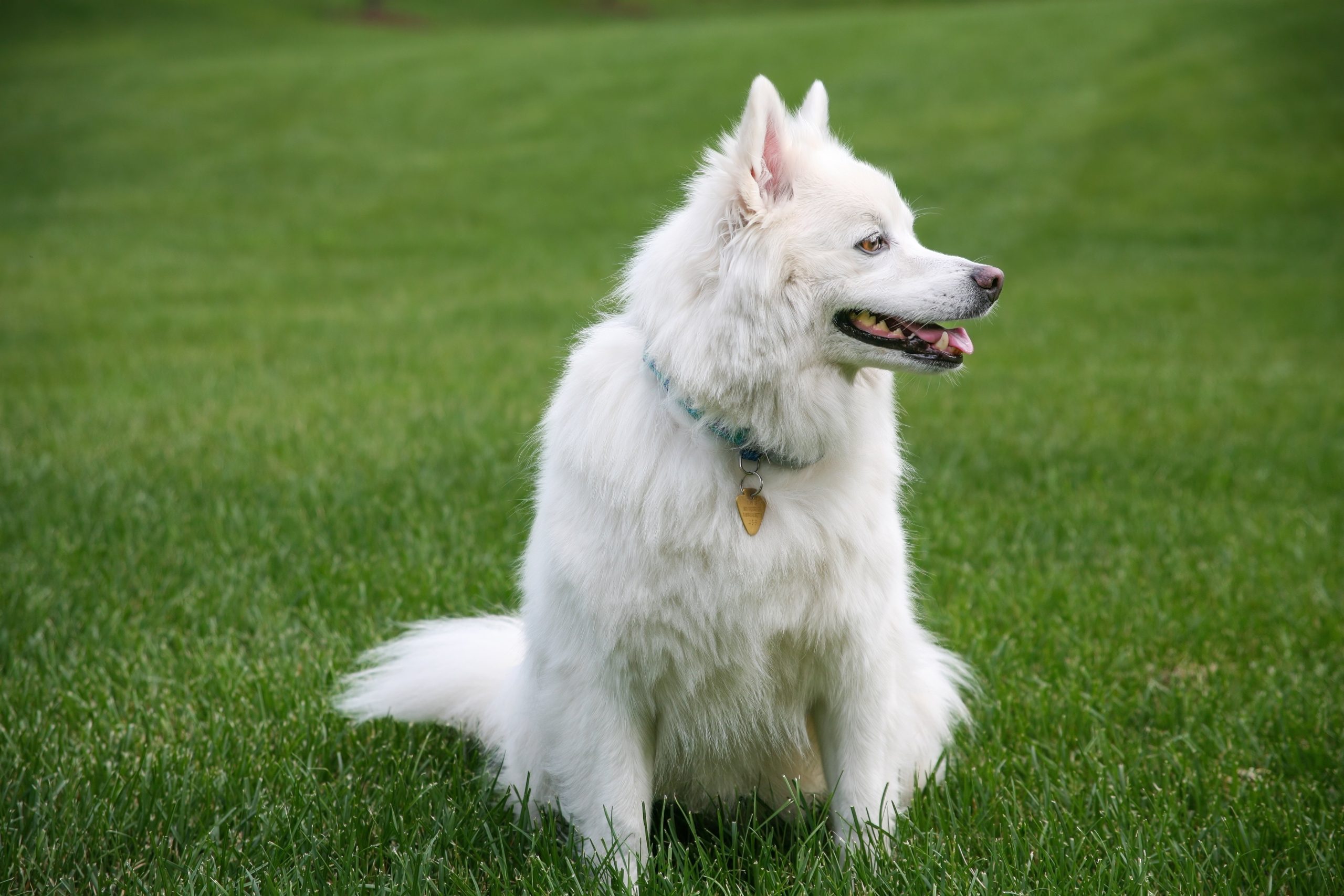
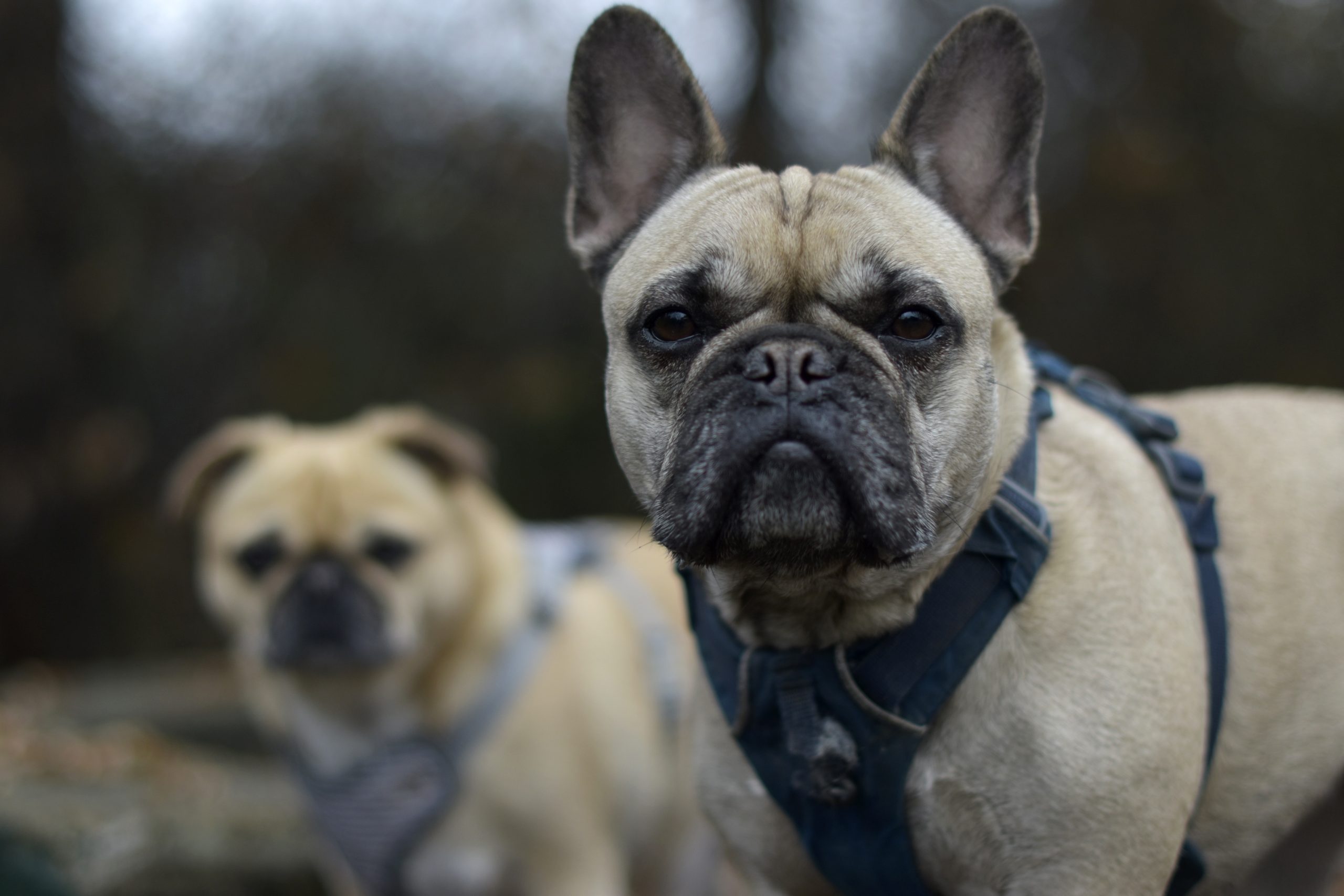
 On demand visits for urgent issues 24/7
On demand visits for urgent issues 24/7 